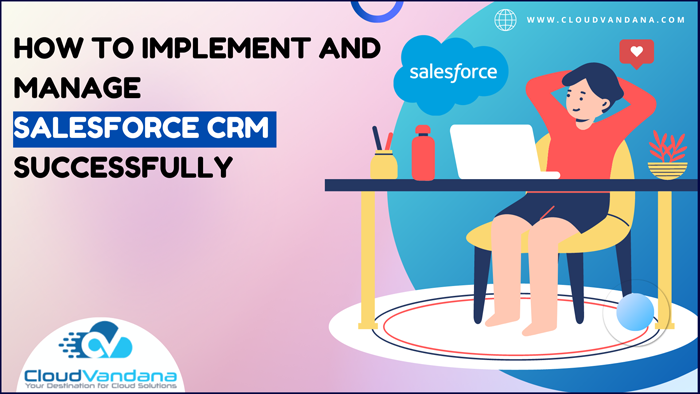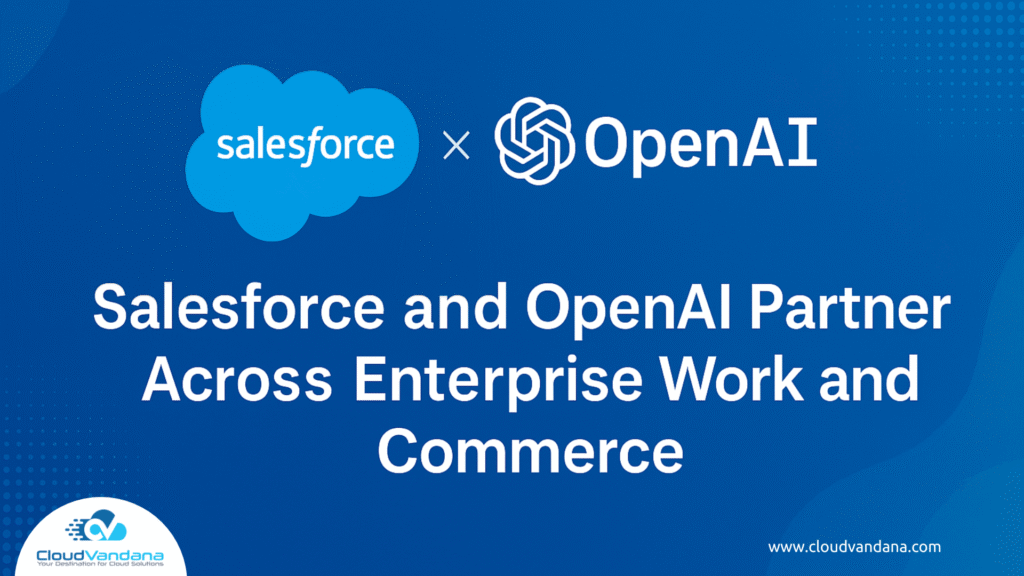Ready to start using Salesforce CRM in your organization? This guide will explain how to set up and manage Salesforce CRM successfully.
Salesforce CRM
Salesforce CRM is a powerful customer relationship management (CRM) system that can help businesses maximize their customer interactions, automate processes and increase sales; however, it can be difficult to get everything set up properly. This guide will explain how to set up and manage this #1 CRM in your organization successfully.
Establish Your Goals
Before you begin using this CRM, it’s important to determine your organization’s goals and objectives. Having a clear goal in mind will help you stay focused and make a decision that benefits your business. Outline what kinds of data you need to track, what kind of insights you want to gain, and how you plan to use the information. This will help ensure that the implementation is tailored to fit your needs.
Plan a Salesforce CRM Implementation Strategy
Creating a strategy for using Salesforce is essential to ensure success. Outline the steps you’ll need to take to implement the software, including user training, data migration, customization, and deployment. Make sure your strategy is comprehensive and that all stakeholders are informed. Having a plan in place will help you maximize the effectiveness of Salesforce CRM and hit the ground running.
Customize Your Salesforce Platform
Once you have chosen a baseline package, it’s important to customize your Salesforce CRM platform to best align with the distinct needs of your organization. This could involve restructuring or adding objects and fields, configuring record types and page layouts, setting up location settings, generating custom reports and dashboards that measure performance, creating workflows, automating alerts and emails, integrating third-party applications, and leveraging the capabilities of Force.com.
Roll Out the Solution to Users and Train Them Properly
Once you have the solution set up properly, it’s time to roll out the platform to users and train them properly. It’s important to educate them on how to use Salesforce CRM in their daily activities so that they can make the most of it and ensure adoption and success. You should provide users with an understanding of basic functions such as navigating objects, updating records and reports, setting user access rights, and creating Dashboards.
Monitor System Performance and Make Adjustments When Necessary
Once your Salesforce CRM is up and running, it’s important to monitor the system performance so that any potential issues can be identified early. Keep a close eye on usage analytics to track user activity, analyze trends and identify areas for improvement. If any issues are identified, you should take action immediately to increase performance and user satisfaction. Additionally, you should keep an eye on system security measures to ensure that your data remains safe from unauthorized access.
Are you planning to implement Salesforce CRM in your organization to streamline your workflow and stay ahead of the competition? Please schedule a call with CloudVandana, a reputed Salesforce Consulting company in India, and experience the highest benefits of this CRM platform. Call Us Now for more information.
















